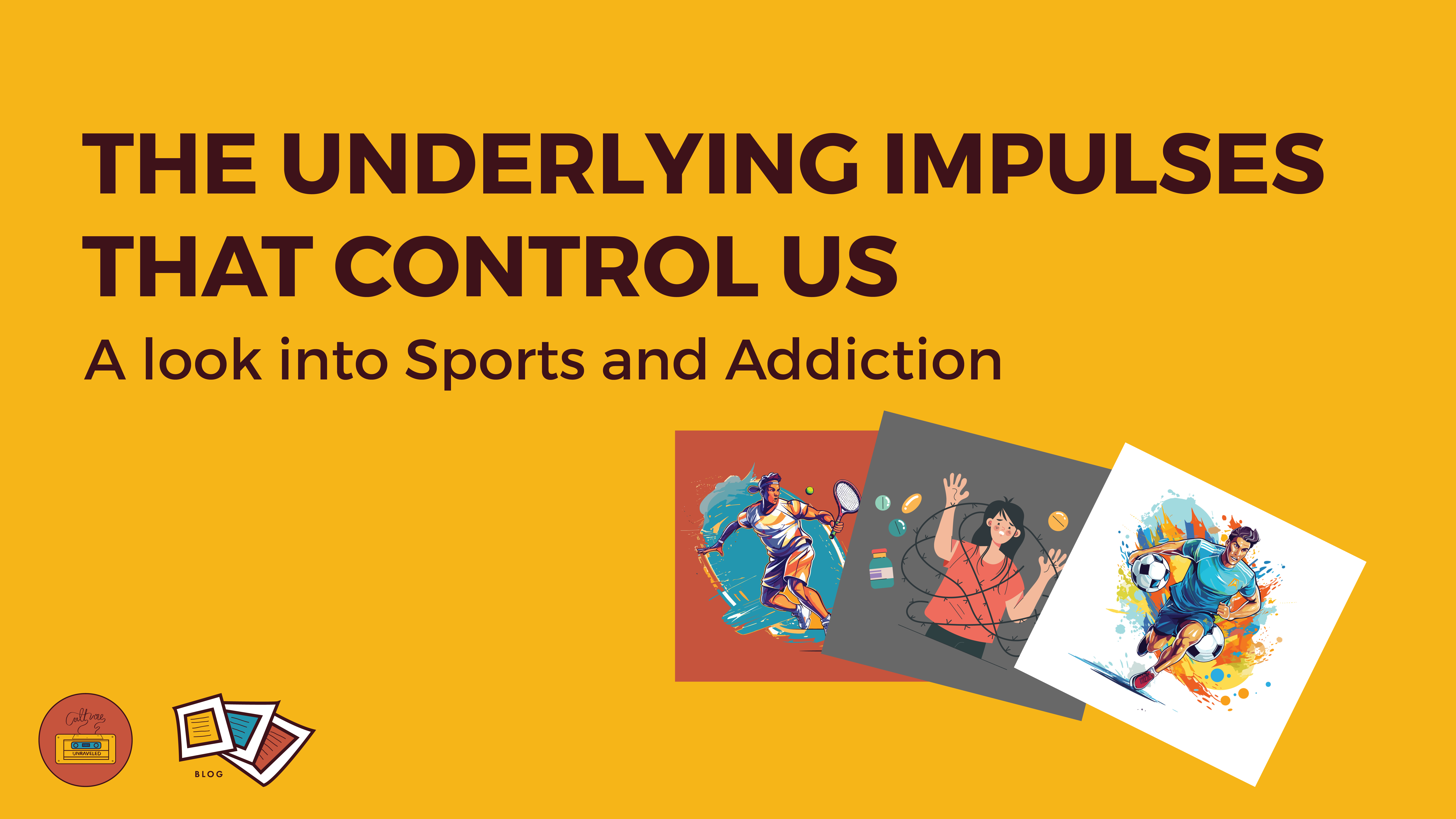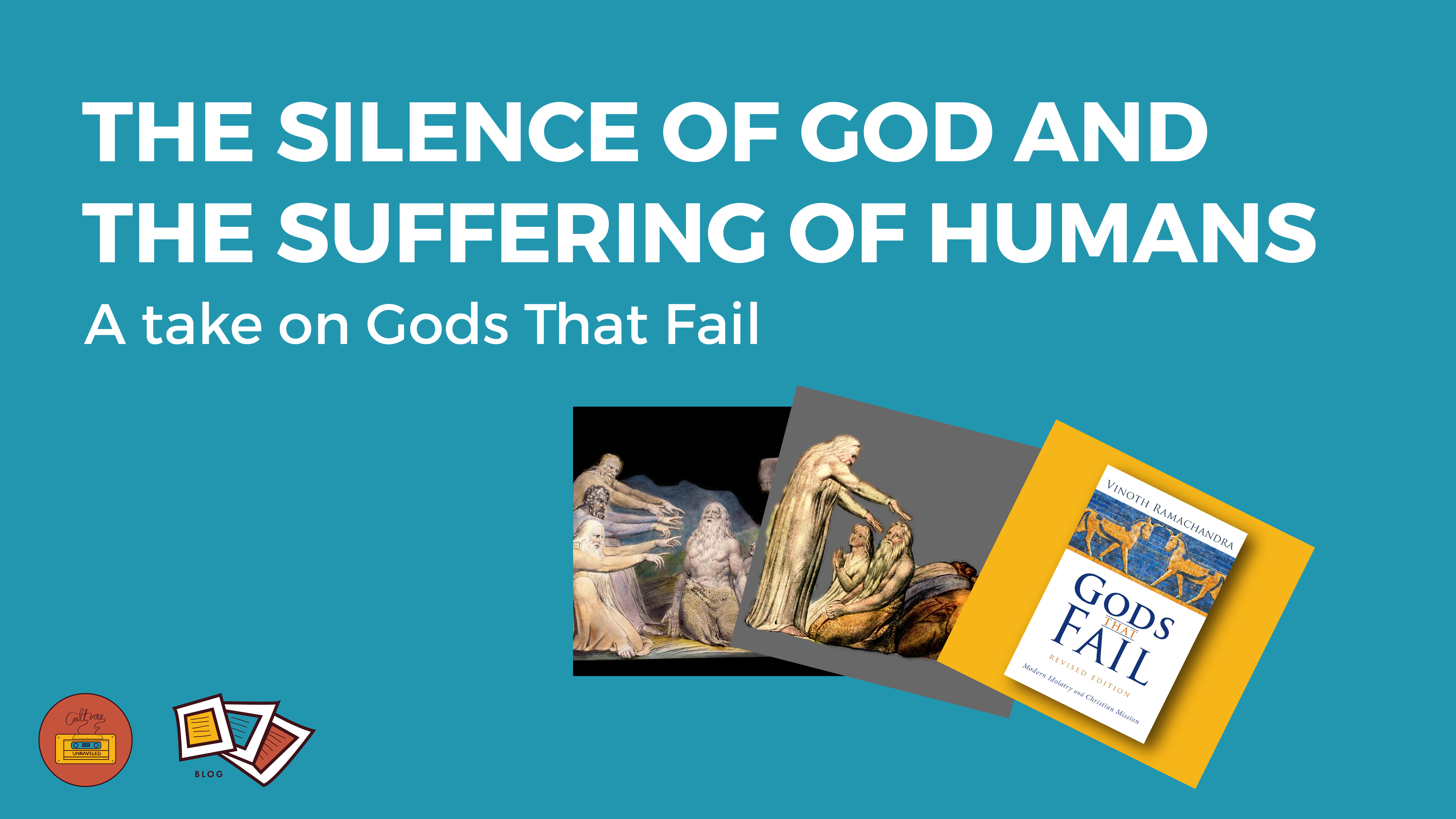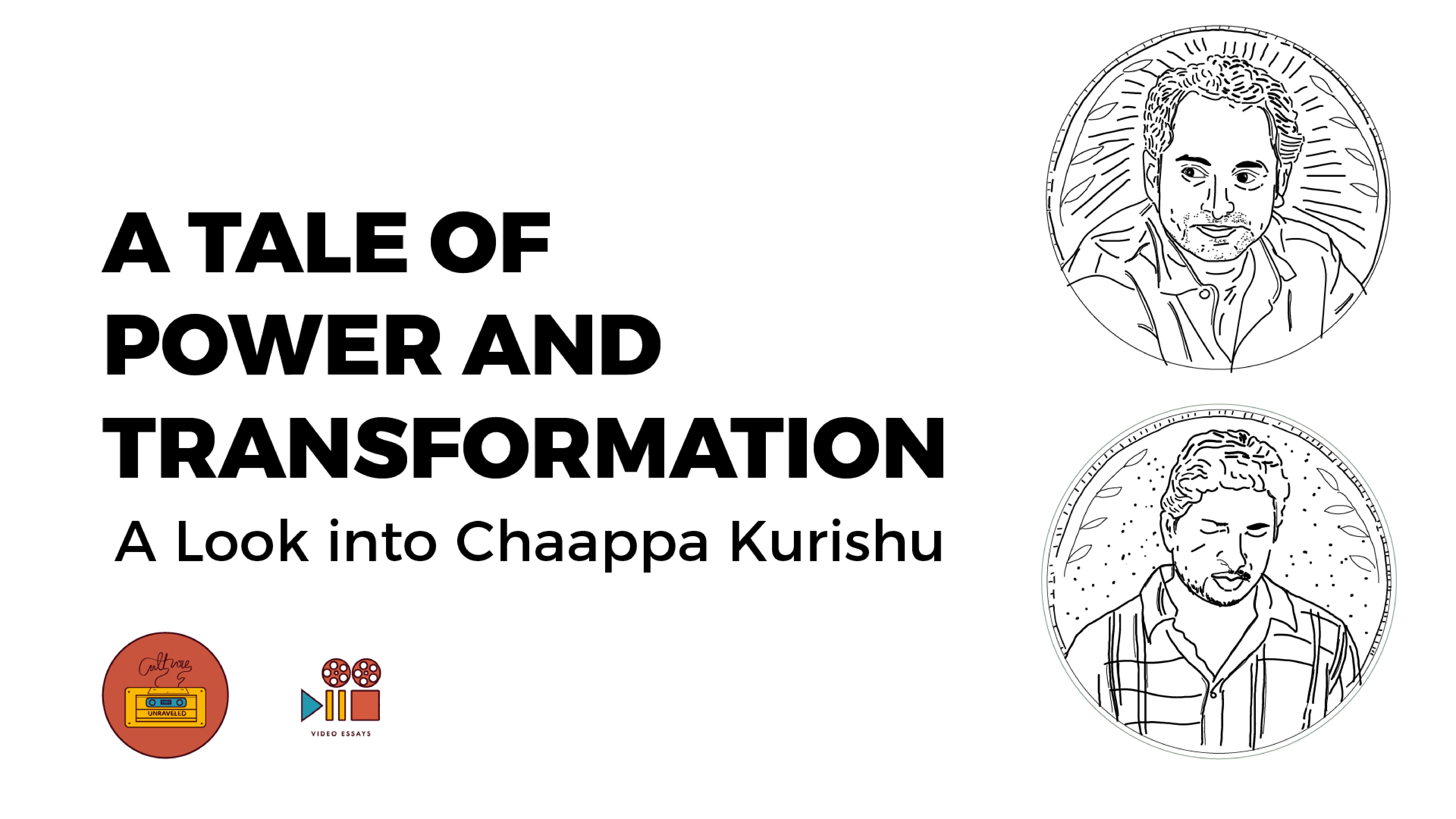
Nandalal Bose, one of the pioneers of Modern Indian Art, gifted the world with his timeless masterpiece, ‘Bapuji’ in 1930. This painting, a heartfelt tribute to Mahatma Gandhi, fondly called Bapu, beautifully captures the essence of the man who led India’s freedom struggle and became a symbol of peace, nonviolence, and truth.
Nandalal Bose, born in 1882 in Bihar, India, was a visionary artist who played a pivotal role in shaping Modern Indian Art. He blended traditional Indian art forms with contemporary techniques to create a unique style that reflected the spirit of the Indian renaissance. He was known for his ‘Indian Style’ of painting. He was part of an international circle of artists and writers who wanted to revive classical Indian culture. Bose’s artistic journey took him from Santiniketan, where he learned under the guidance of Abanindranath Tagore, to becoming one of the key figures of the Swadeshi Movement.
He was deeply fascinated by the ideology of Mahatma Gandhi. In his book, Vision and Creation*, he writes, “I called him Bapu, and not Mahatmaji. We have deep love for each other, a bond of affinity has been forged between us. He is strong and pure, noble and fearless in his concern for doing good to others. He has love for all men, limitless compassion for all creatures, and he has staked his life for restoring a degenerate and oppressed land to its former glory. His indomitable power and defiance of death derive chiefly from his self-possession and complete lack of self-interest. These attributes of Mohandas Karamchand Gandhi overwhelm me. What a miracle took place when, yearning for India’s freedom Gandhiji went on the Dandi march! The entire country was roused with confidence in some unique strength. Glory filled my heart. I felt blessed and life became meaningful.”
The Dandi March in 1930, which was a protest against the British tax on salt, a basic necessity of life, resonated so strongly with Nandalal, that he decided to immortalize it in his painting ‘Bapuji’, barely six days after the event. The painting shows Gandhi in his trademark Dhoti and Chadar, holding a stick in his right hand, with his head down walking with great intent and purpose. This image of Gandhi, become an iconic symbol, of the Swadeshi Movement and India’s Independence. The essence of the painting lies not only in its aesthetic beauty but also in the emotions it conveys. Nandalal Bose, deeply moved by Gandhi’s ideology of nonviolence and truth, infused the artwork with tranquility and serenity, leaving viewers with a profound sense of peace and introspection.
This iconic painting holds a special place in the realm of art not only for its artistic brilliance but also for its unique medium. Linocut is a relief printing method where the artist carves a design into a sheet of linoleum using various cutting tools. The carved areas represent the negative space, while the raised portions will receive ink for printing. Once the design is complete, ink is applied to the linoleum block’s surface using a roller, ensuring that the ink adheres only to the raised portions of the block.
Linocut art has a long history, dating back to the early 20th century when artists like Pablo Picasso and Henri Matisse embraced the technique for its simplicity and its capacity to create powerful and impactful imagery. The linocut process offered Bose the opportunity to experiment with bold and expressive lines. The linoleum block’s smooth and consistent surface allowed for precision in carving intricate details, enabling him to capture the essence of Gandhi’s features and expression accurately.
One of the advantages of linocut is its ability to produce multiple prints, known as an edition. Each print in the edition will be nearly identical to the others, ensuring that the artwork can reach a broader audience while retaining its originality. Nandalal Bose’s choice of linocut for ‘Bapuji’ was not only a testament to his artistic versatility but also a reflection of the democratic spirit he admired in Mahatma Gandhi. The medium allowed him to create accessible and affordable reproductions of the painting, making it available to a wider audience, much like Gandhi’s message of inclusivity and nonviolence. Thus this painting, not only held artistic value, but also helped fuel the movement.
Nandalal Bose’s ‘Bapuji’ remains a treasured piece of art, evoking admiration and reverence for both the artist and the subject. The painting has been displayed in various exhibitions across the globe, enchanting art enthusiasts and history aficionados alike. Bose captured Mahatma Gandhi’s legacy on canvas – the man who led India towards independence, not through aggression, but through the sheer force of his principles. The painting serves as a constant reminder of the power of simplicity, truth, and nonviolence. Nandalal Bose’s ‘Bapuji’ remains a testament to the enduring impact of art and its ability to encapsulate the spirit of an entire era.
*N. Bose, translated by K. G. Subramanyan, Vision and Creation, Calcutta, 1999, p. 232
_________________________________________
Written by Priyanka George












